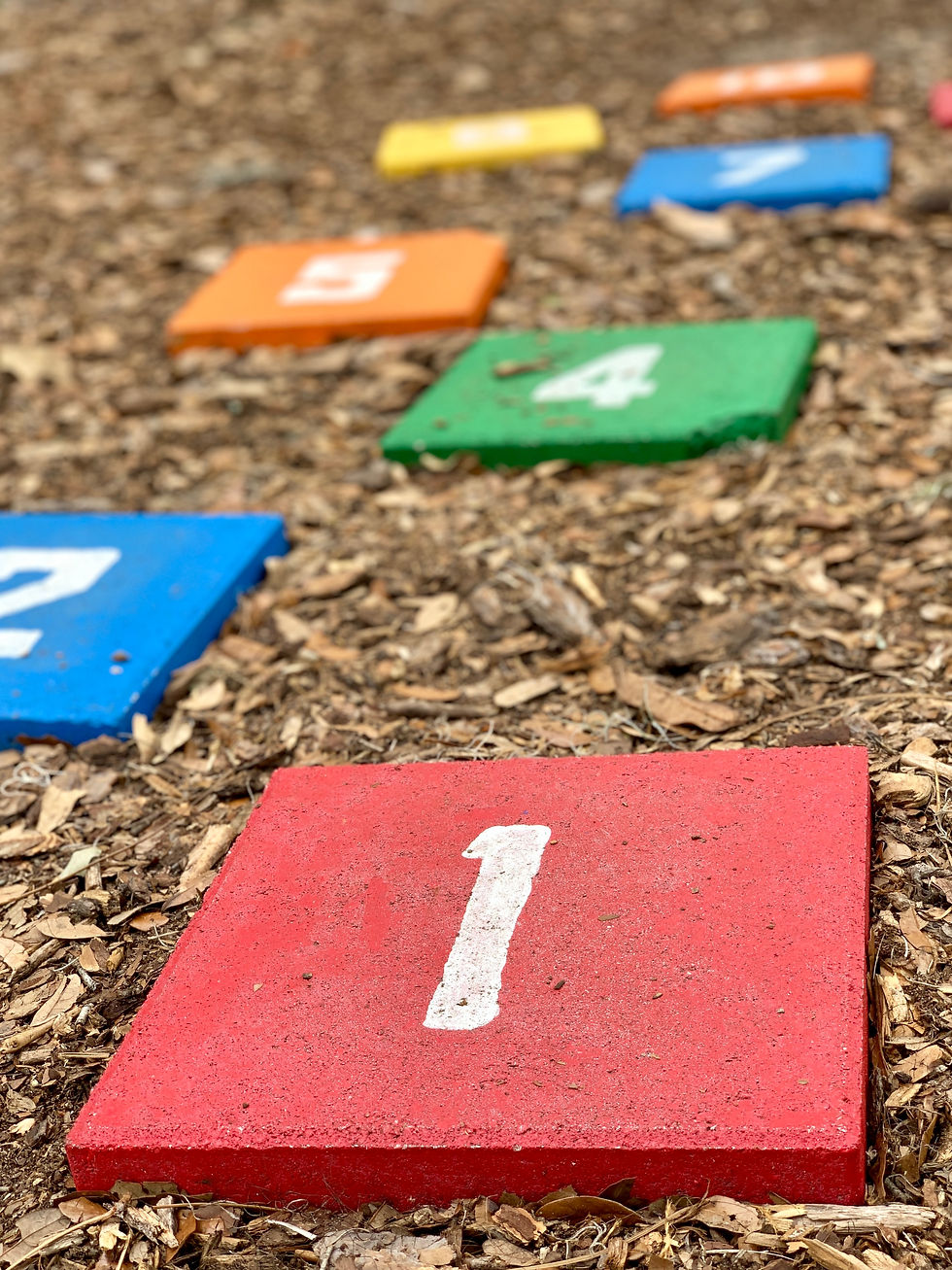Introduction to the Importance of Engineering in Early Childhood
- Jasmeen Kaur
- Apr 22
- 3 min read

Engineering functions as a crucial support mechanism to help young children enhance their creativity. The core foundation of STEM education, which is engineering, develops critical thinking with problem-solving and innovation to help young minds master complex situations they face in modern society. Children who participate in engineering developments learn to design while making structures, which lets them reach important achievements and develop greater self-confidence. Through these activities children become more curious, and as a result they can both explore their environment and develop creativity (Howard & Mayesky, 2022). Engineering interventions in early education enable children to apply their concepts to realistic scenarios, which builds foundational learning abilities together with creative capabilities (Major, 2018).
Theories and Perspectives on Creativity in Engineering Education
Theories help explain creative development in early childhood education, specifically when engineering education is involved. The social component of Vygotsky’s sociocultural theory demonstrates its crucial role in enabling creativity, according to Stone-MacDonald et al. (2015). Hands-on learning lies at the core of constructivist philosophy because it gives children the chance to build their understanding and knowledge through practical investigations. The fundamental concepts underlying divergent thinking guide vital aspects of engineering since they emphasise creating multiple problem solutions, according to Howard and Mayesky (2022). Combined perspectives make learning experiences optimal for early child creativity development.
Resources and Technologies for Engaging Children in Engineering
Effective teaching of engineering among young students requires multiple resources along with technological tools in early childhood education contexts. Building blocks, LEGO sets, and simple machine manipulatives allow children to explore and construct. Software applications for coding and interactive games enable teachers to teach fundamental engineering principles interactively. The teaching staff adds materials from recycled products and cardboard boxes together with artistic supplies to encourage design creativity among students. Watching online videos about engineering achievements can enhance students' imaginations, showcasing the potential engineering offers (Stone-MacDonald et al., 2015).
Learning Experiences Across Age Ranges
0-2 years – The environment should include multiple blocks with distinct textures, such as soft toys alongside wooden pieces as well as textured materials. Infants and toddlers should have open-ended exploration of building and destroying blocks, which develops their spatial understanding and precise hand movements.
2-3 years – Begin the lesson by using ordinary objects, including ramps and pulleys, to teach children about motion concepts. Observational activities involving ramps with cars and leverage tools help children solve problems by understanding how forces operate.
3-5 years – Small teams of children need different materials like popsicle sticks and string, together with tape, to build a bridge capable of supporting a particular weight. Students develop engineering principles while practising collaborative creativity and critical thinking skills through this activity.
6-8 years – Children must construct city models from recycled materials during a project activity. Lead children to consider functional aesthetics while developing projects that combine structures like roads with buildings and parks. The project enables teamwork with opportunities for creativity together with an understanding of engineering practices.
Original Creative Learning Opportunities
0-2 years (exploring textures) – Set up a tactile station with various textured materials like fabric, foam, and sandpaper. Encourage children to touch and manipulate the materials, introducing them to basic concepts of design and engineering through sensory play.
2-3 years (bottle rockets) – Conduct a basic rocket experiment by using plastic bottles filled with water along with baking soda as the ingredient. Children should pour ingredients under guidance from educators while monitoring how the reaction causes the bottle to rise. The activity allows participants to discover engineering fundamentals alongside scientific investigations.
3-5 years (Magic marble run) - Offer children marble run materials containing cardboard tubes coupled with tape and marbles for building projects. Students utilise this physical activity to explore gravitational forces during their experimentation of diverse angles, thereby testing their engineering and creative capabilities.
Critically Reflecting on Creative Characteristics
I have learnt that my eagerness for innovation, along with my playfulness, helps me deliver better instruction to young students in early childhood settings. I create an environment that supports learning activities through which students can explore and experiment under conditions that eliminate their fears of failure. My ability to be adaptable enables me to design methods according to different learning preferences, thus encouraging individual child creative development. I draw engineering practice insights to incorporate practical examples which show children their lessons apply to daily life. Through my dedication to supporting student creativity, I will achieve an educational practice transformation which will result in deep instructional experiences that promote children's analytical and innovative thinking for the entire curriculum (Howard & Mayesky, 2022; Stone-MacDonald et al., 2015; Major, 2018).



Comments